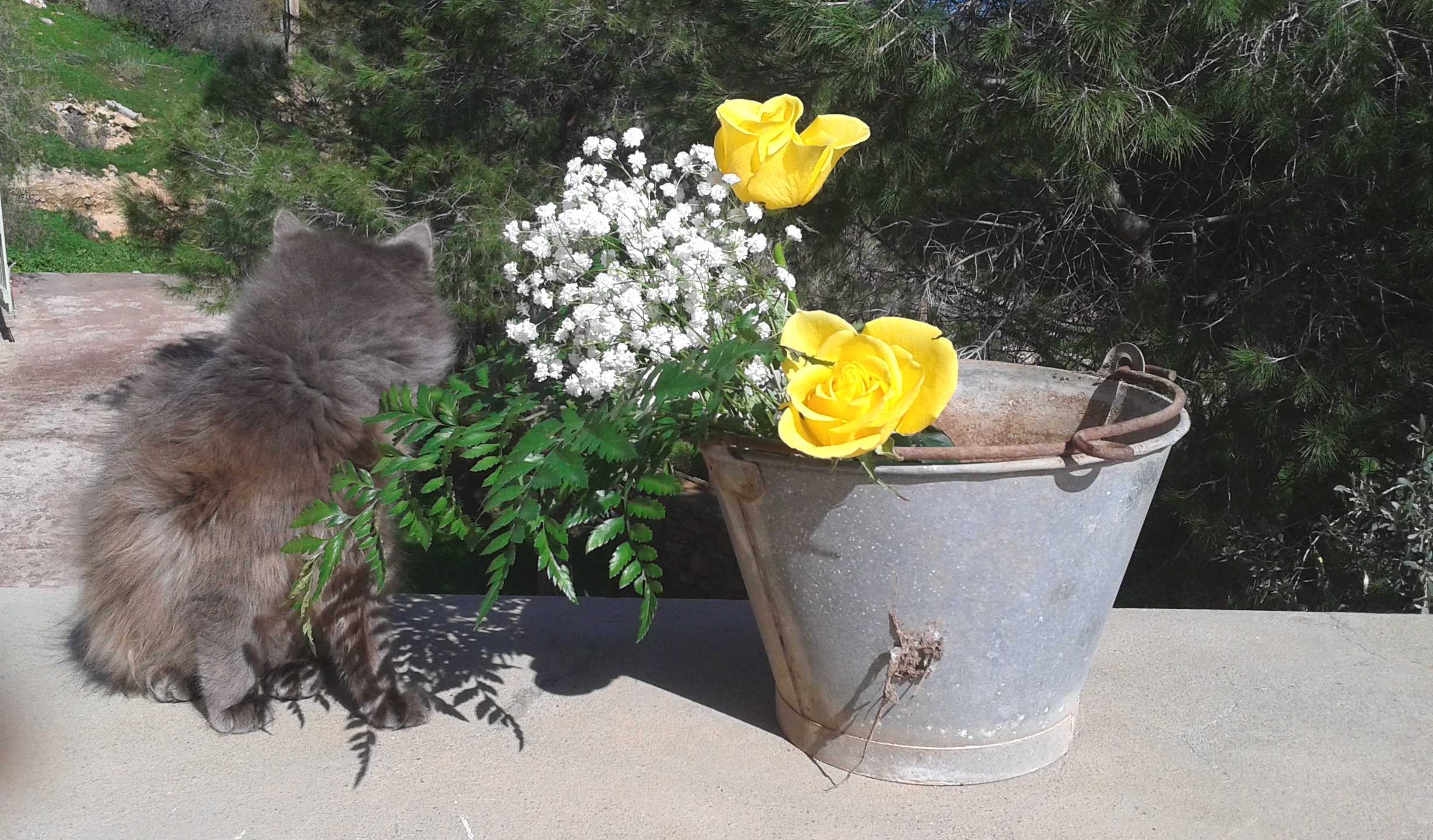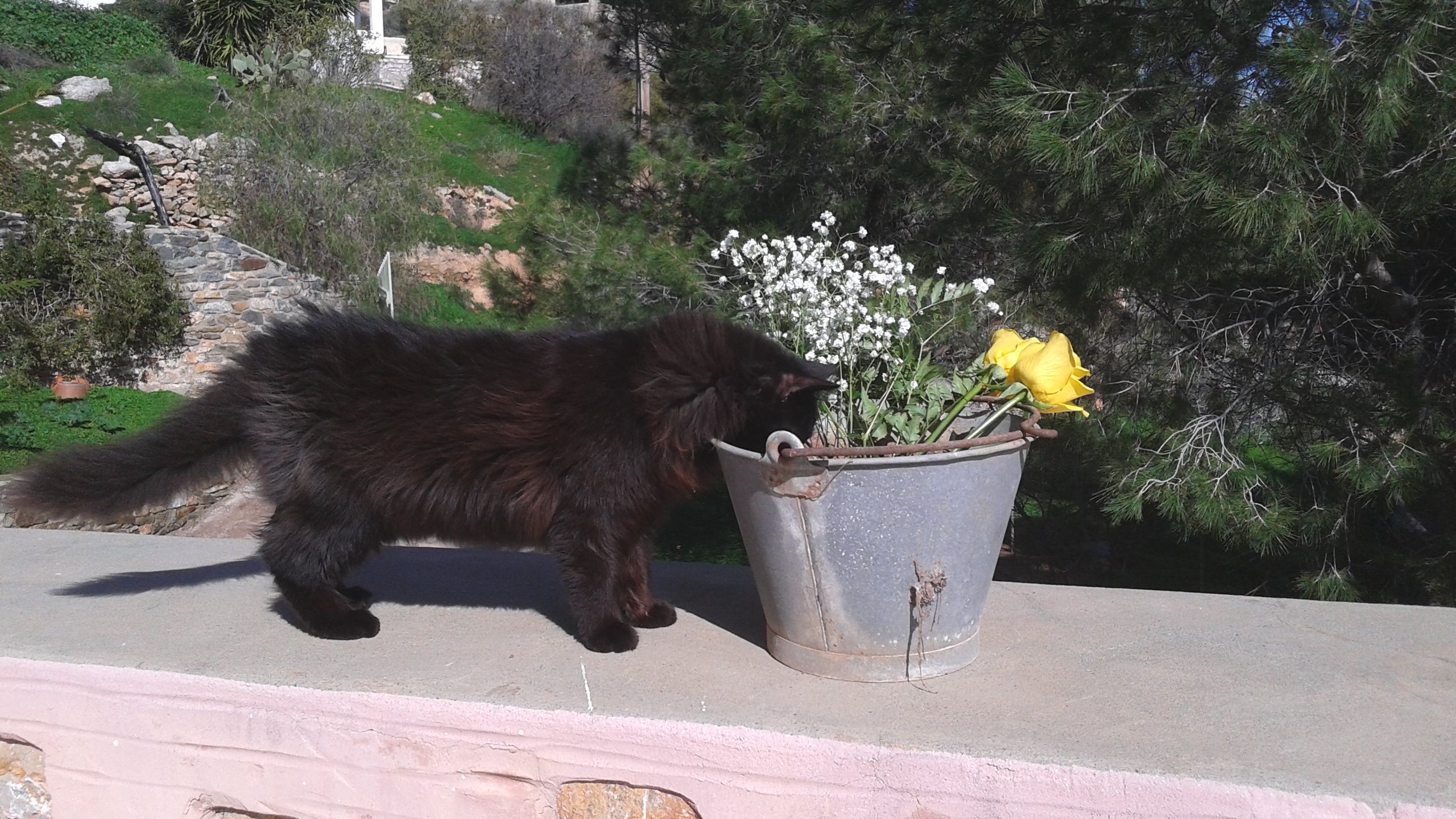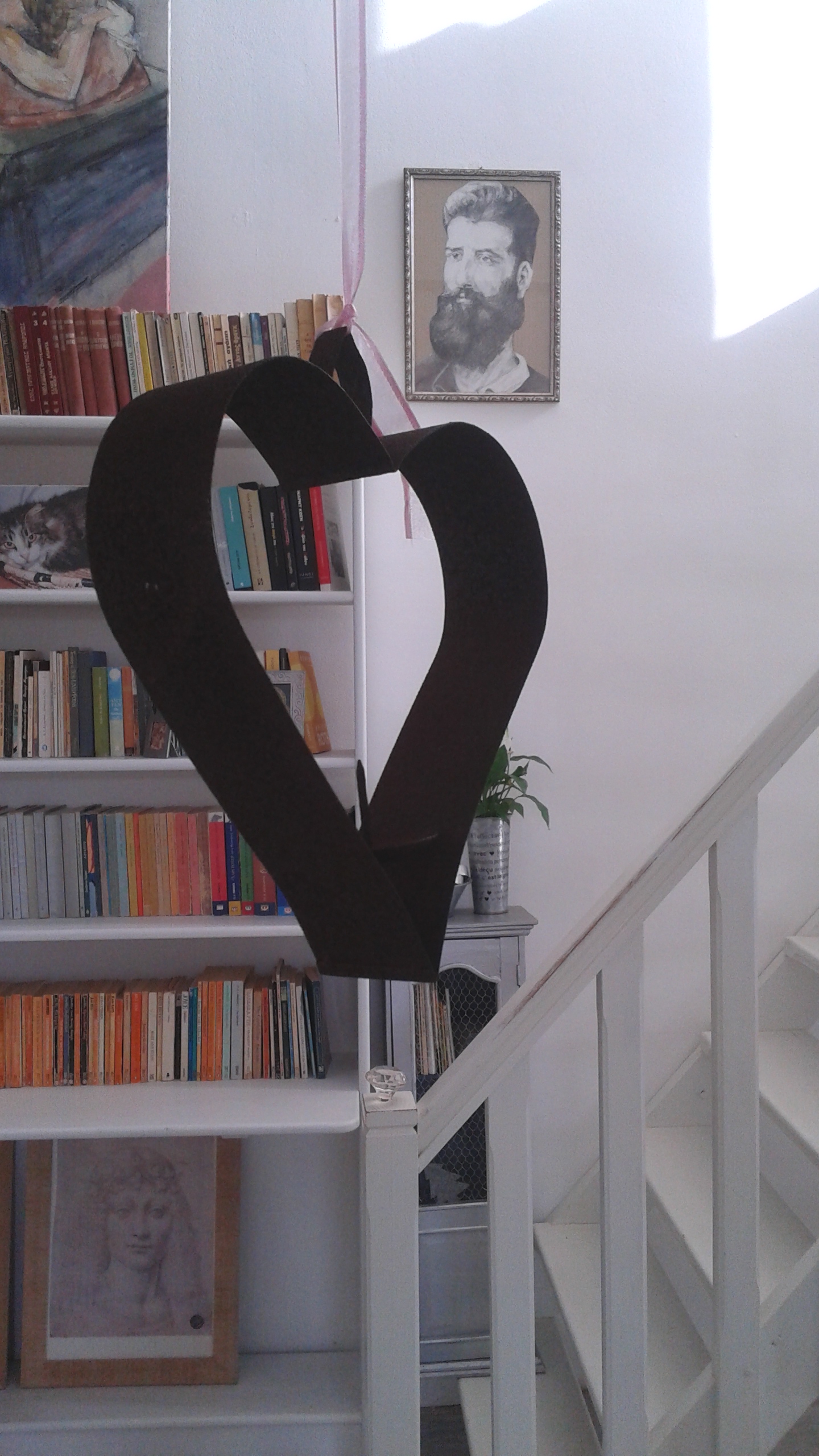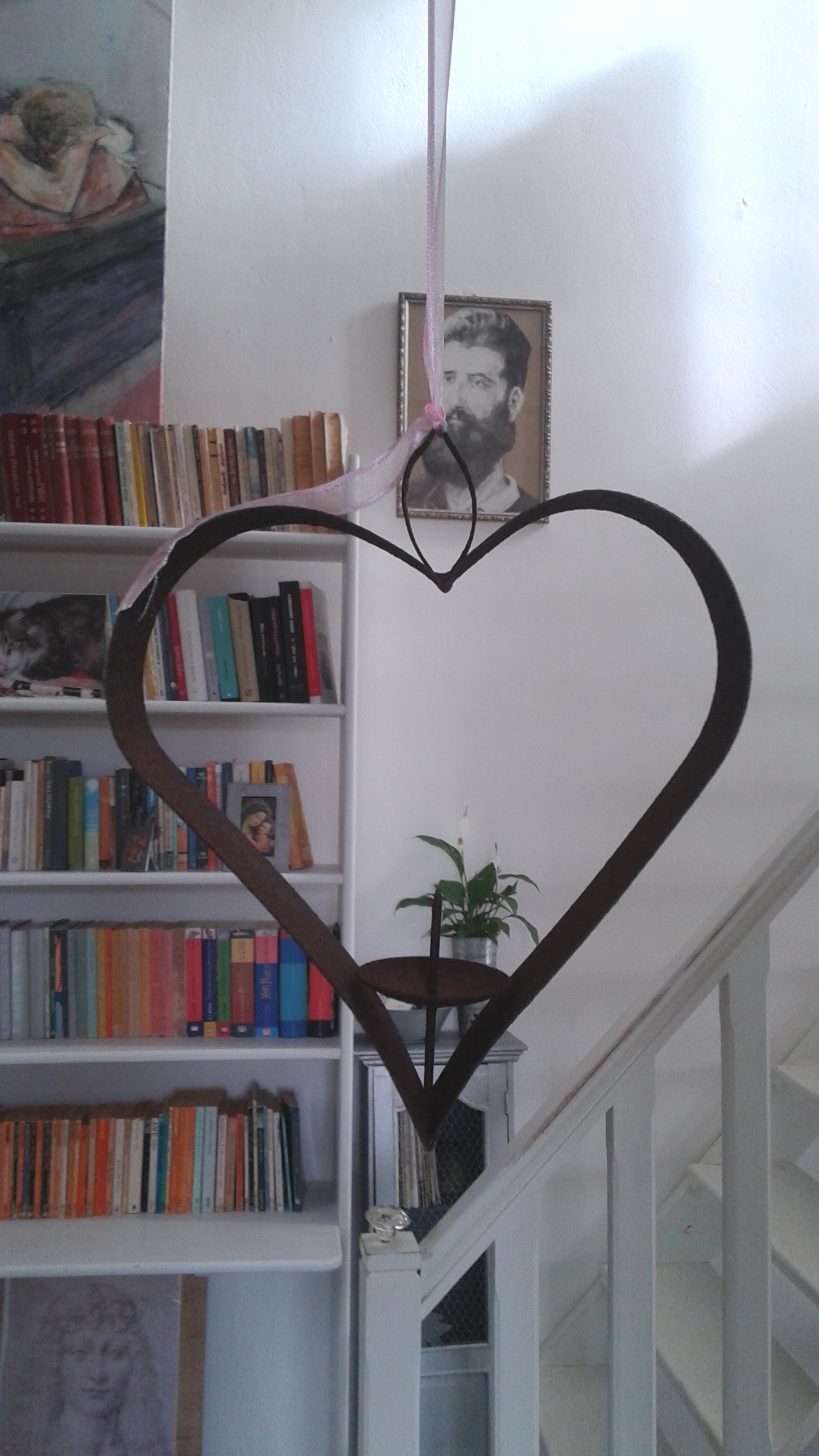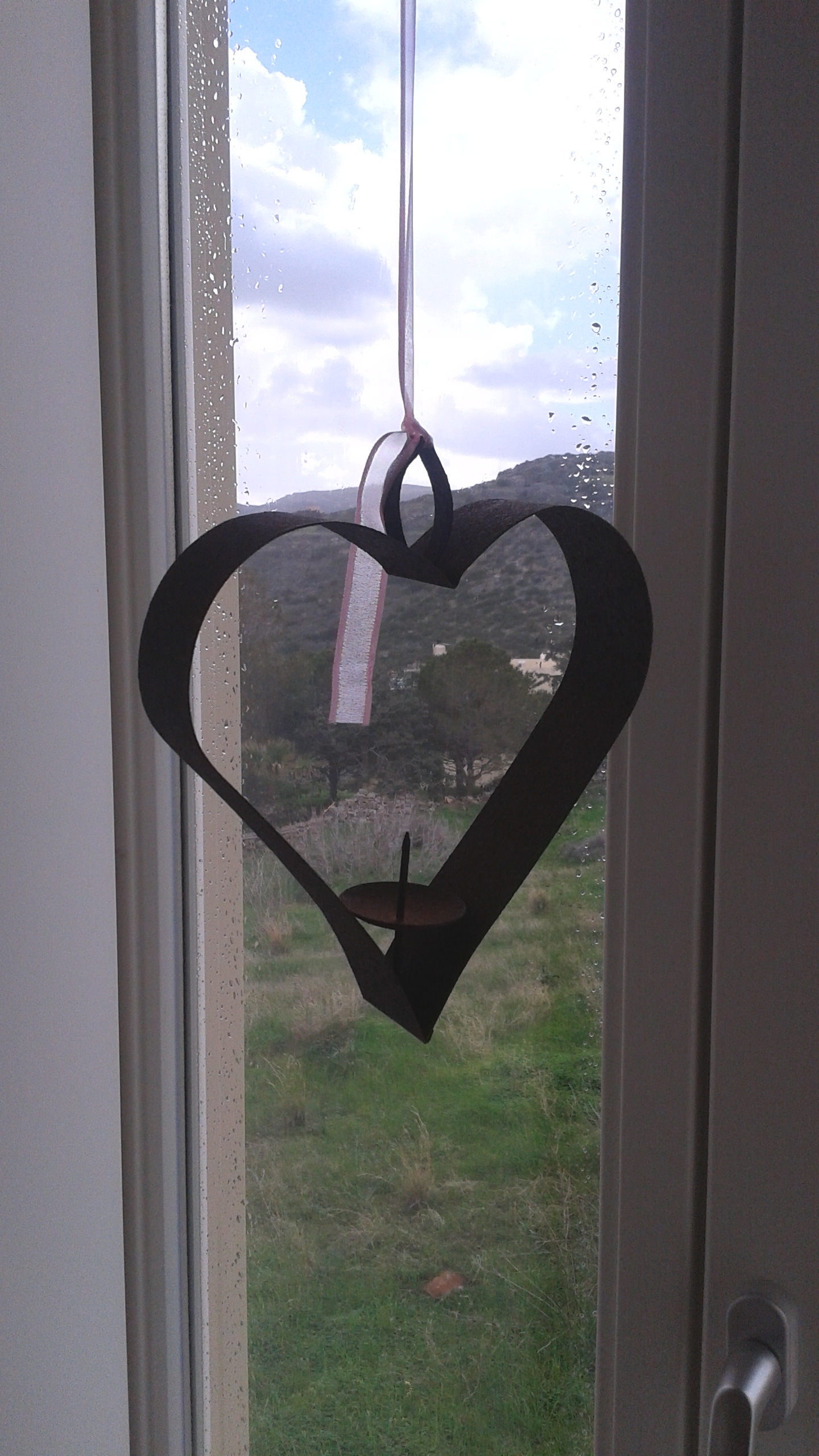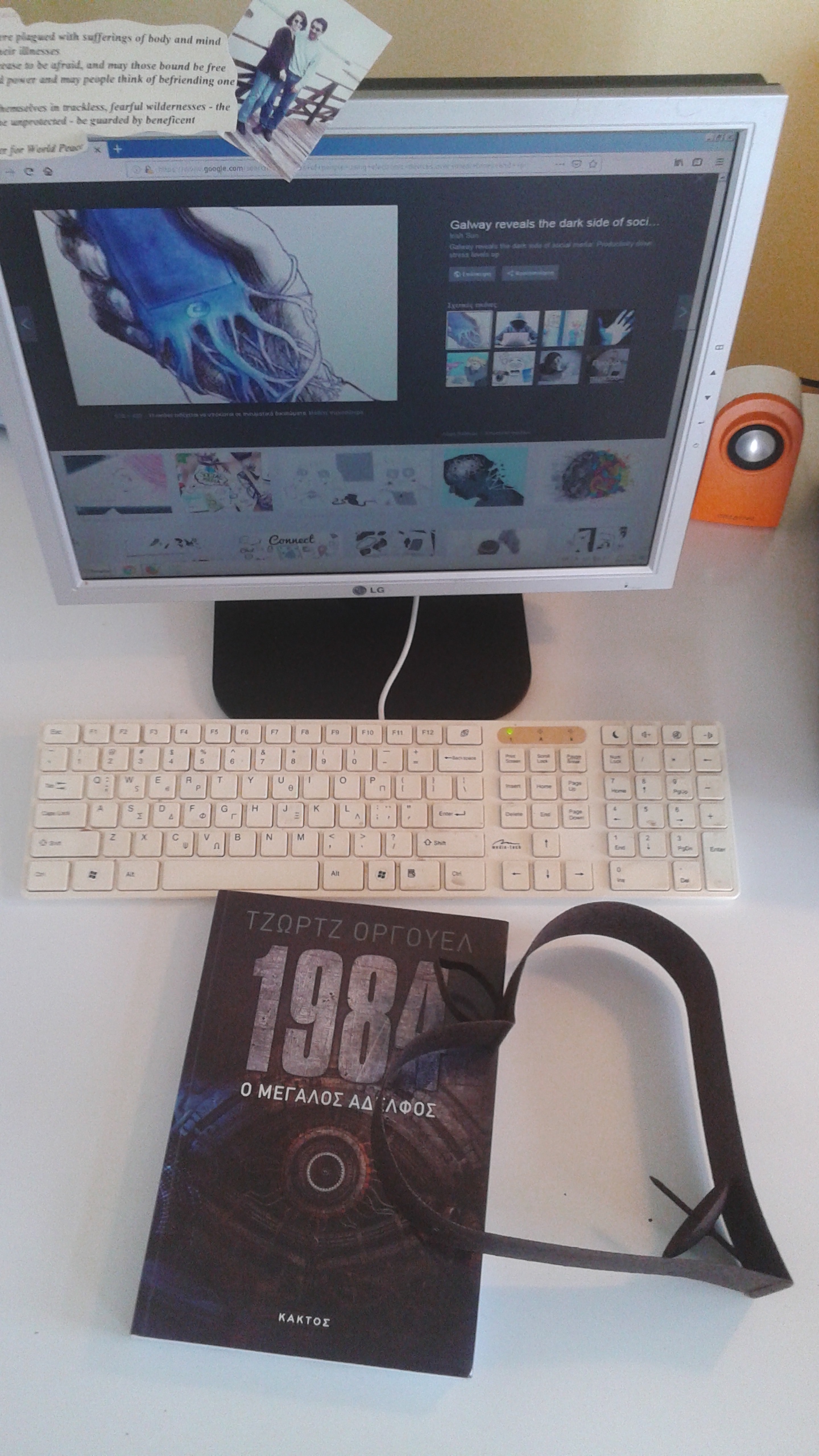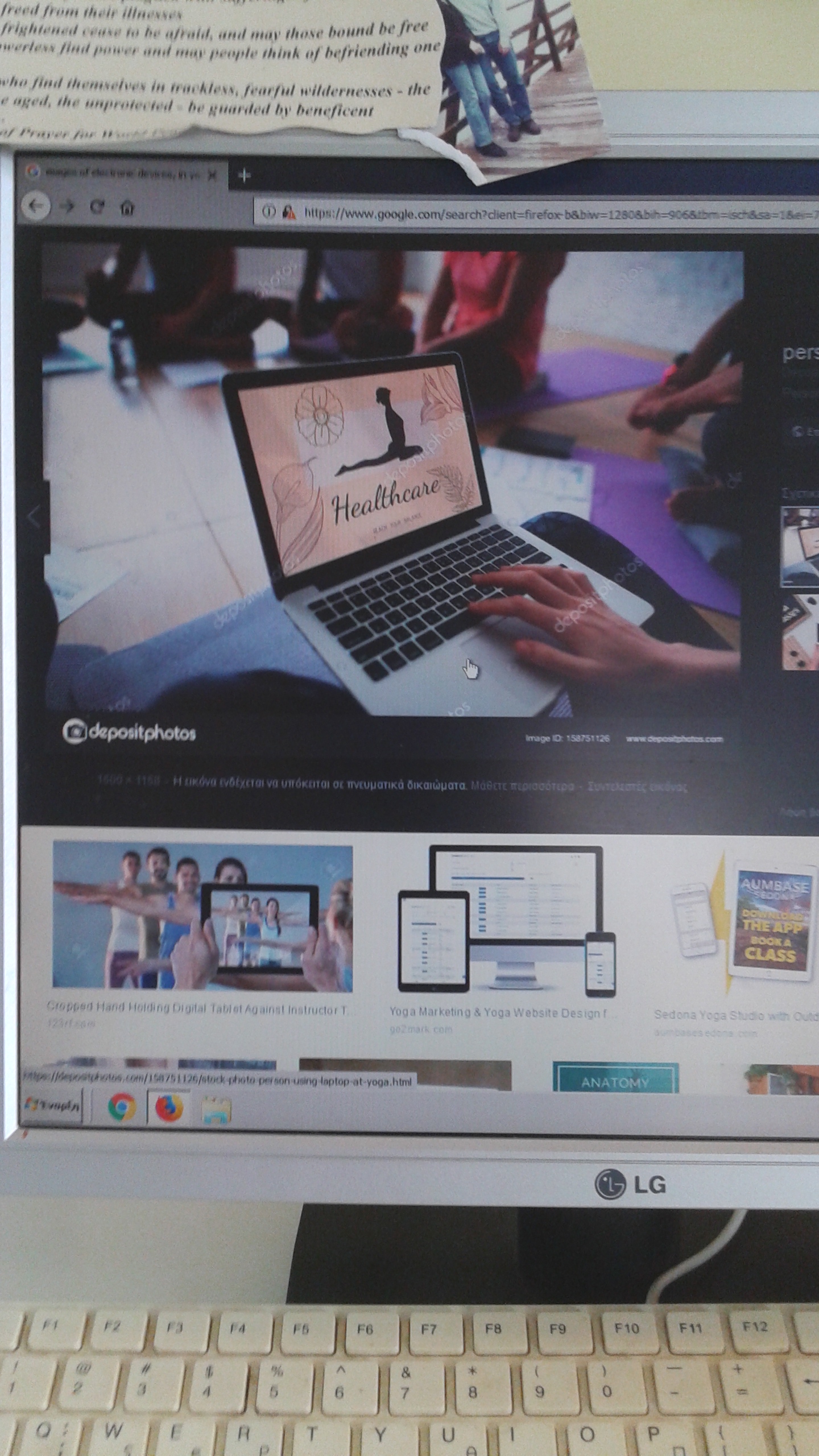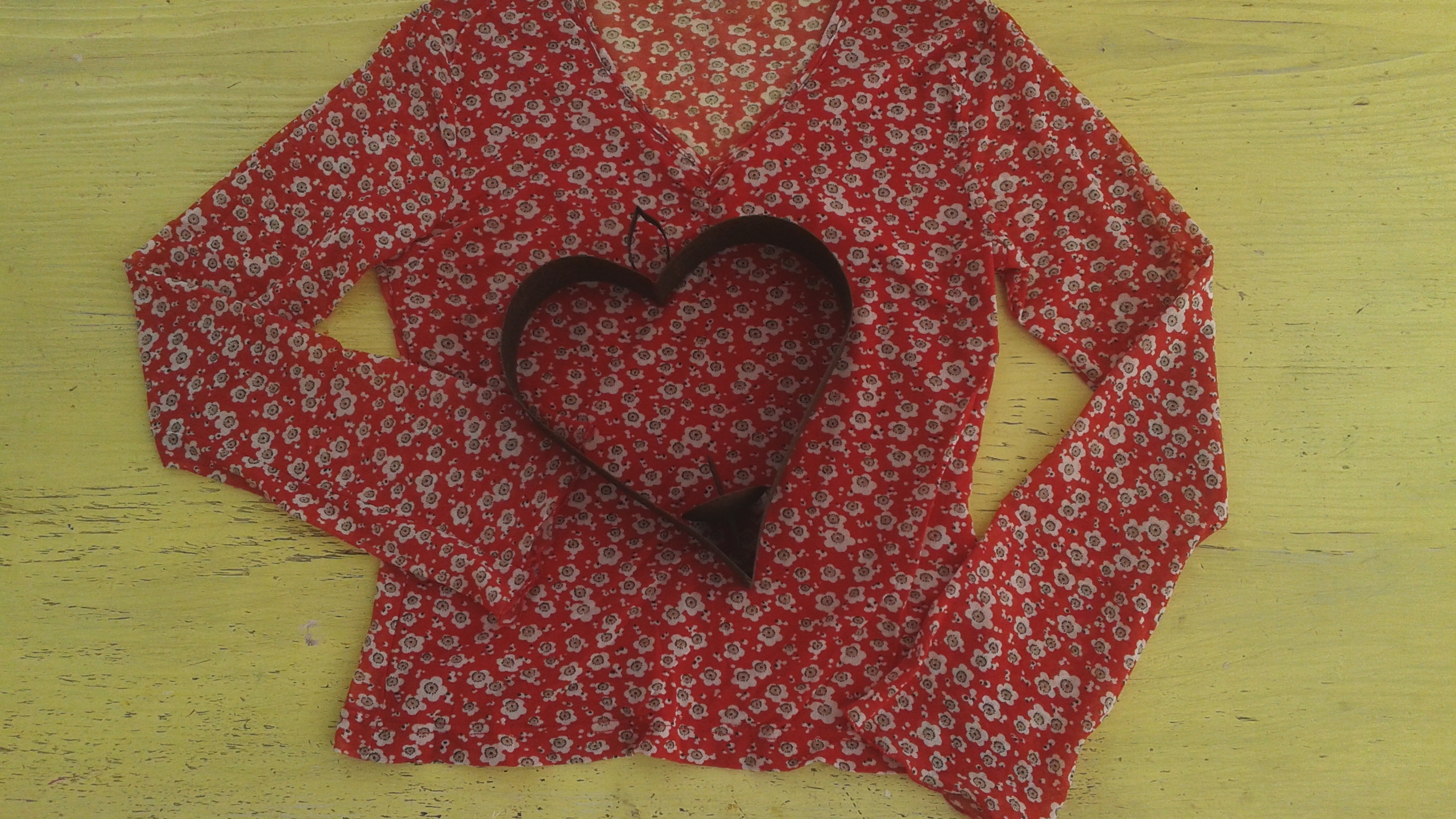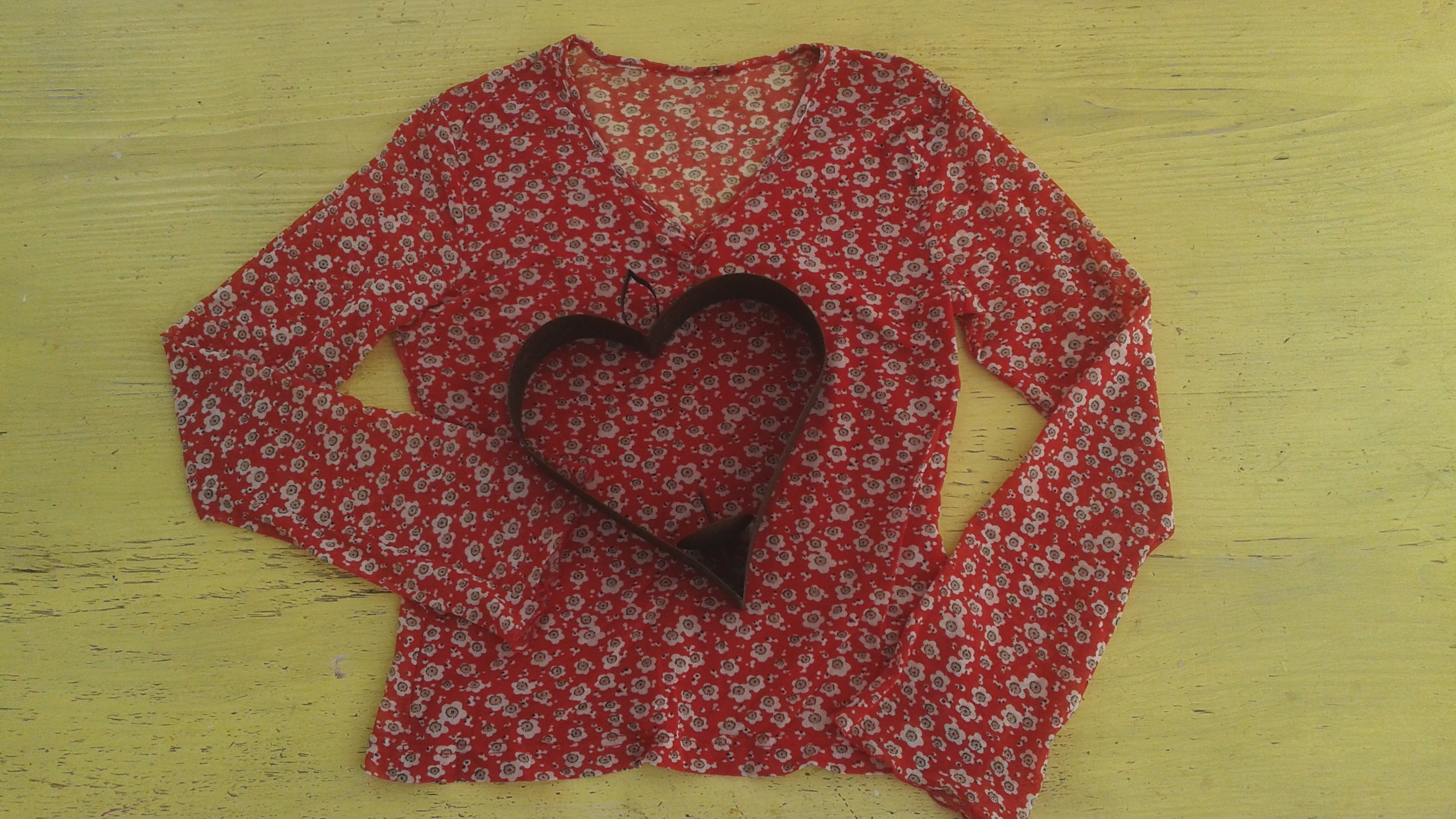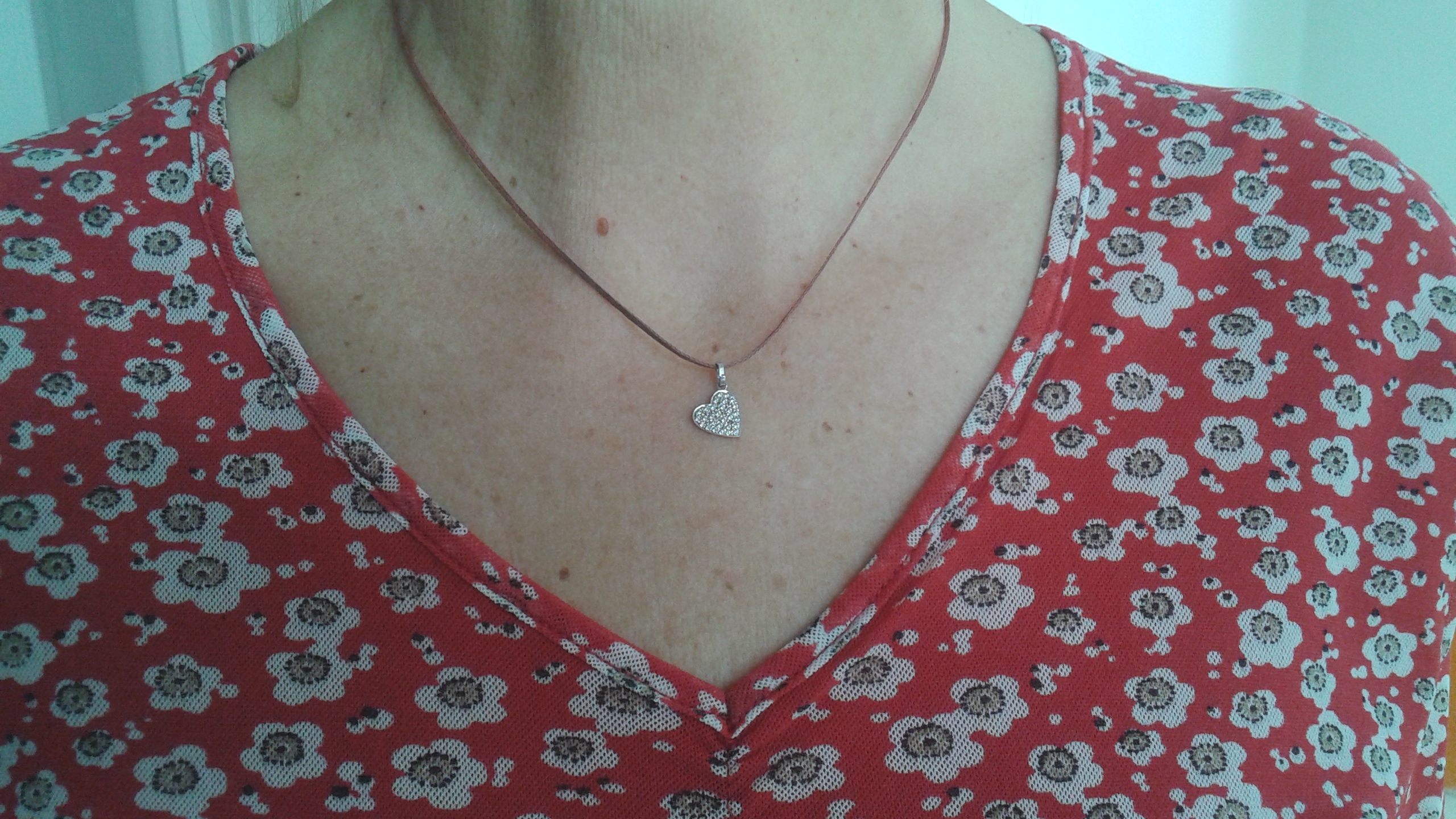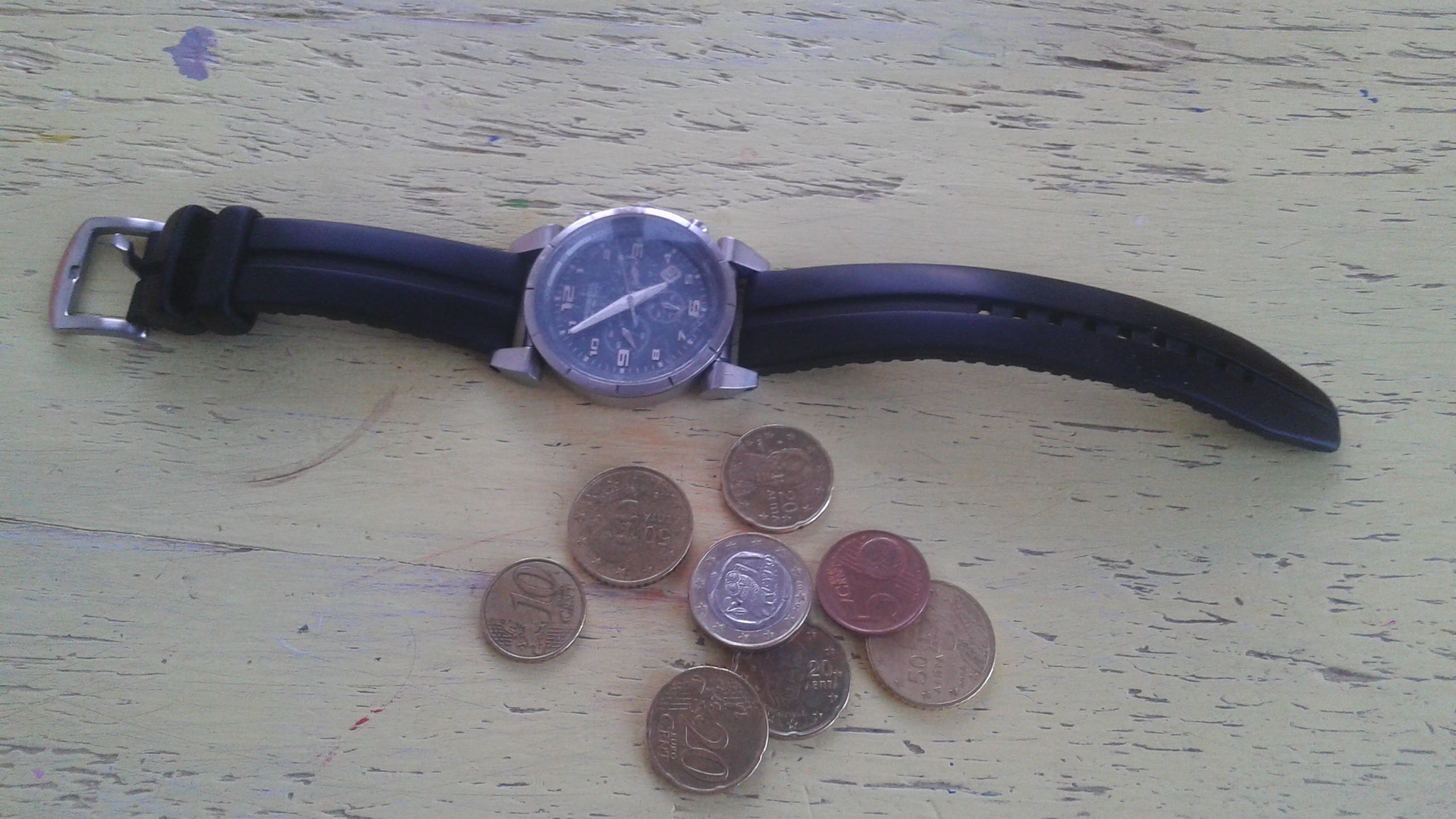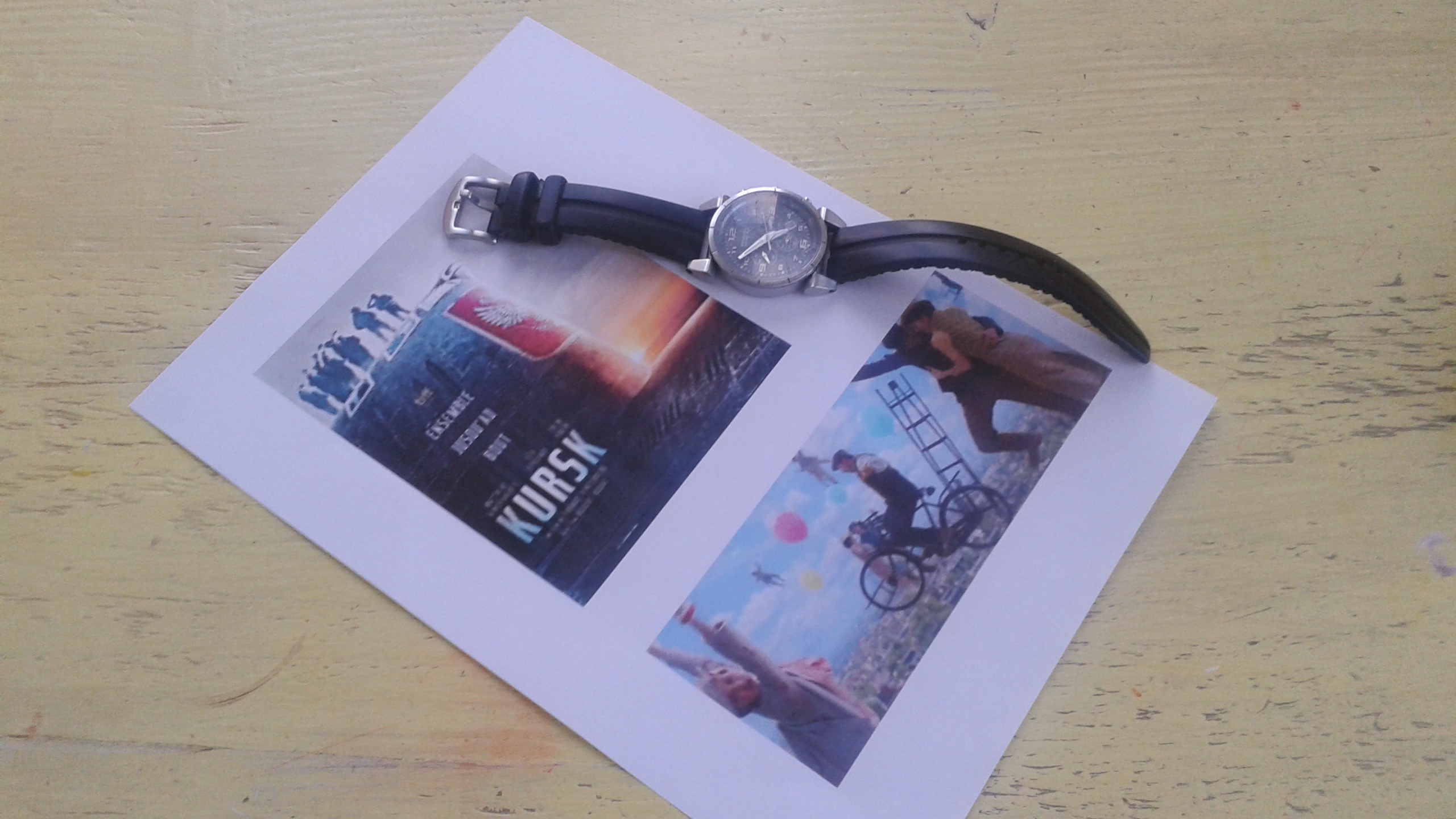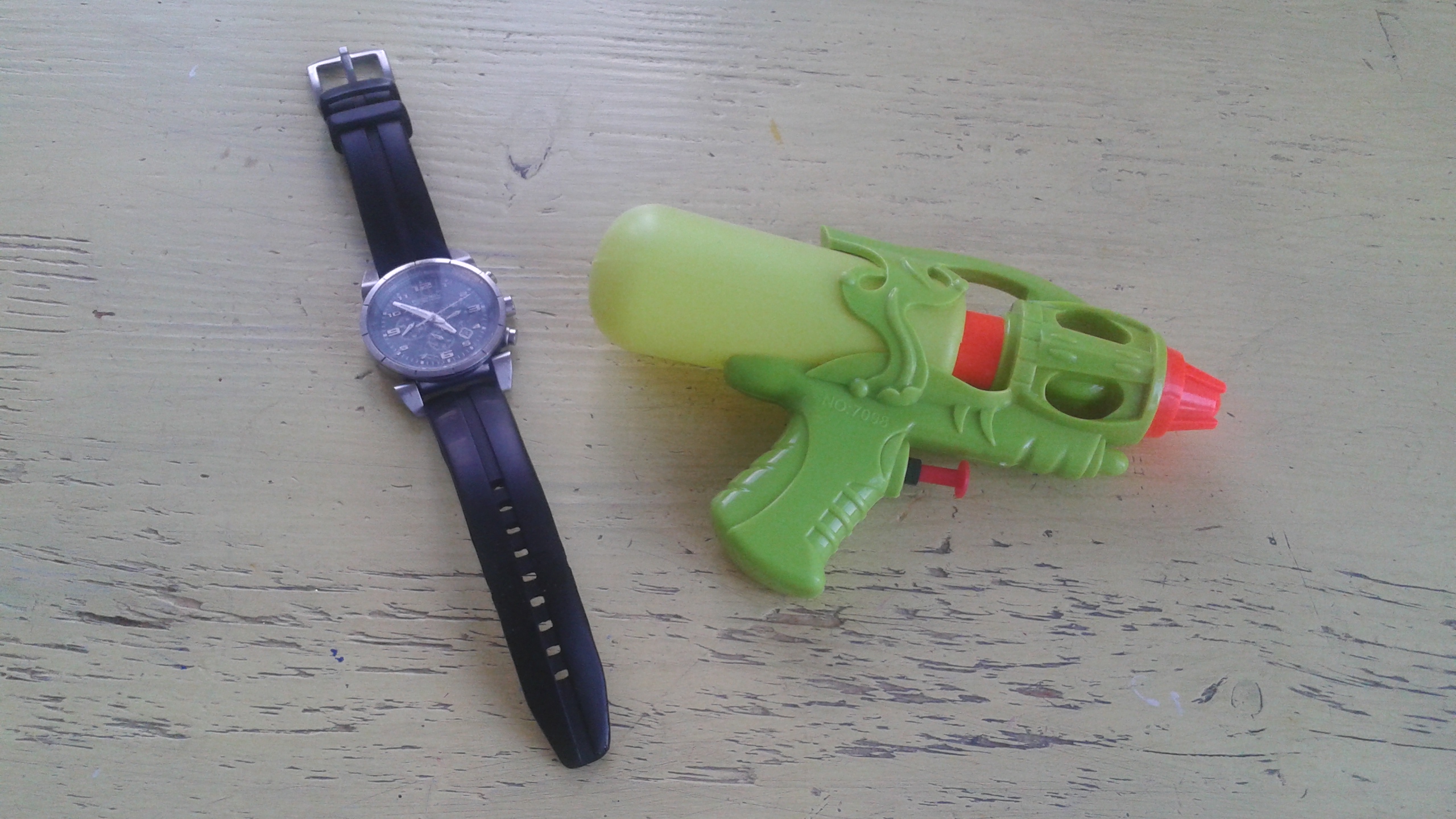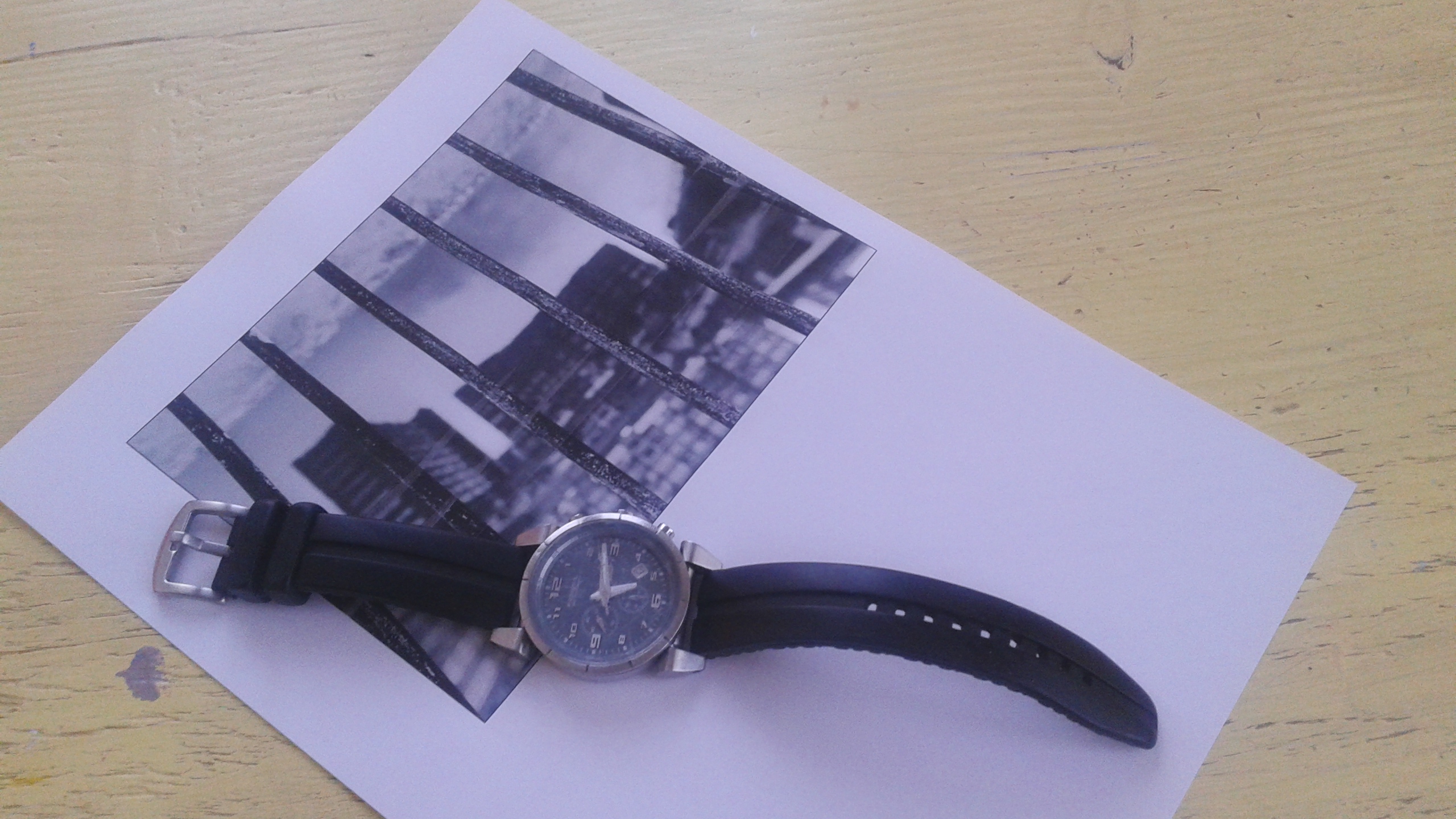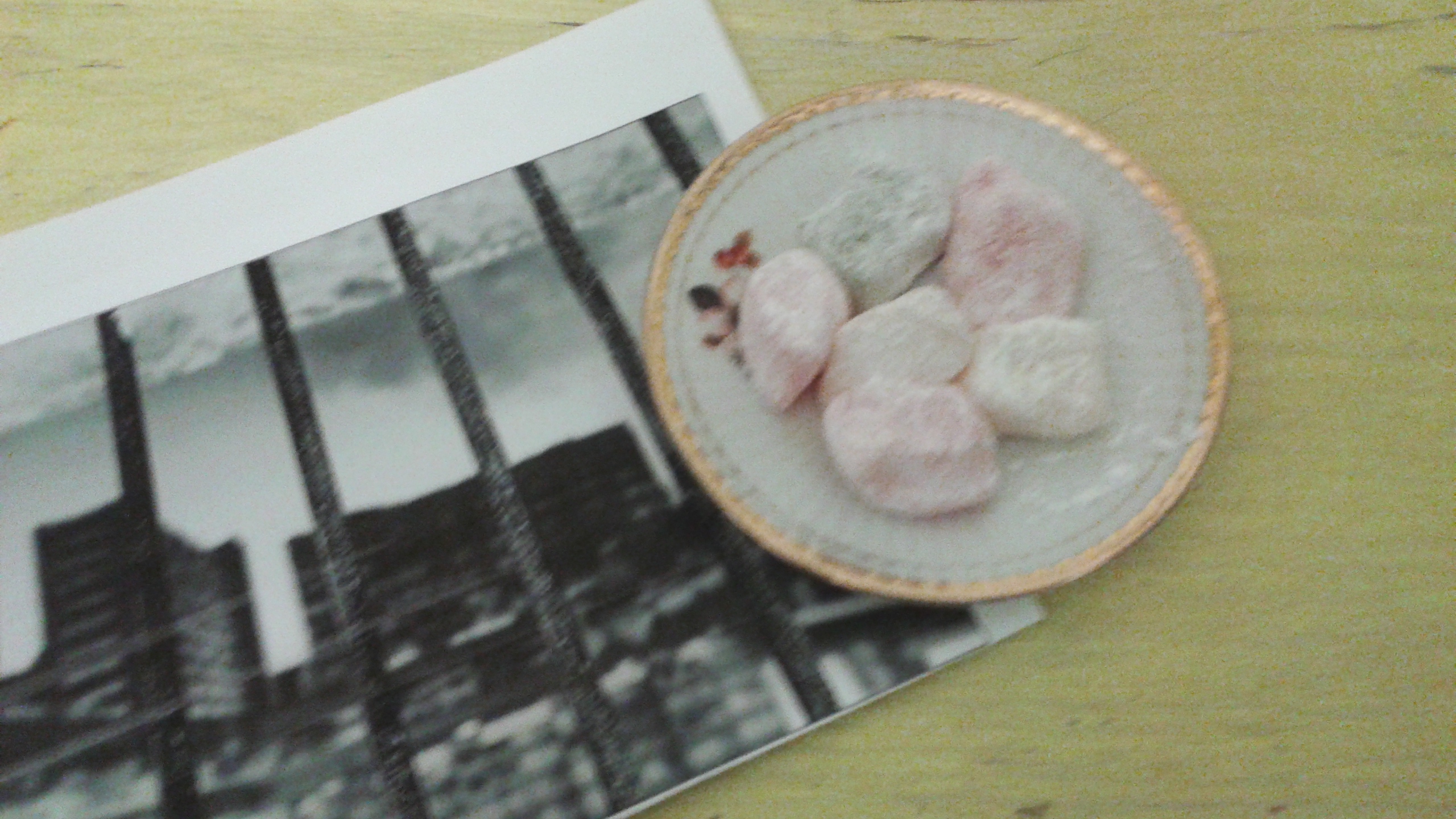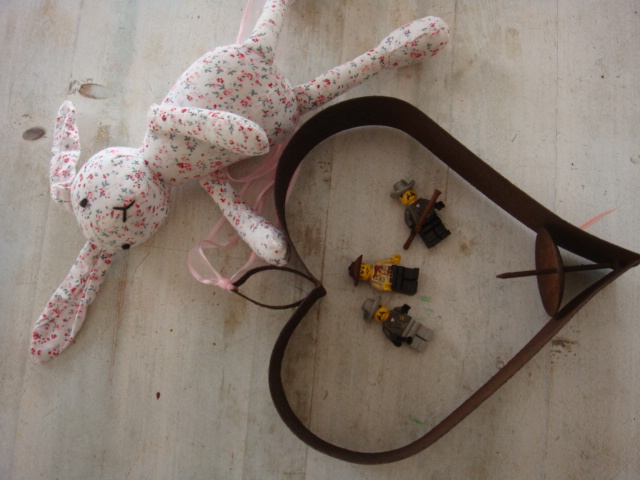
The magnetic power of your HEART is 5,000 times more impactful than that of your brain……. Science from the Institute of HeartMath has shown that when we connect our heart and brain in harmony, this aligns our energy field in a way that immediately begins healing the body and everything around us’ (Dr Kim D’Eramo)
Gratitude
Gratitude for this new day and the fact that all my senses are intact, helping me register the morning sky, first thing I see when I open my eyes, through the ‘curtainless’ window
Gratitude for the sleep that gave me respite from Saturday’s almost surreal events and all the other recent events and narratives of potential mishaps that put my body in survival mode every so often
This time it was insufficient electricity supply
A total breakdown of all our electronic devices
Smoke coming out of devices, as if on fire
Gratitude for the power cut that finally put an end to the damage and the popping sounds
Stress rises as I assess the damage: the desk computer, the laptop, the internet modem, the phone, the printer and fax machine, the microwave oven; the cost of replacement and the possibility of compensation from the Electricity Company
Fear rises as I consider the possibility of files and work and programmes lost, and also, the realization that I cannot read e-mails, send a fax, scan images, access my website or kindle device
My current life depends so much on my electronic devices
My electronic devices give me a voice and increase my sense of safety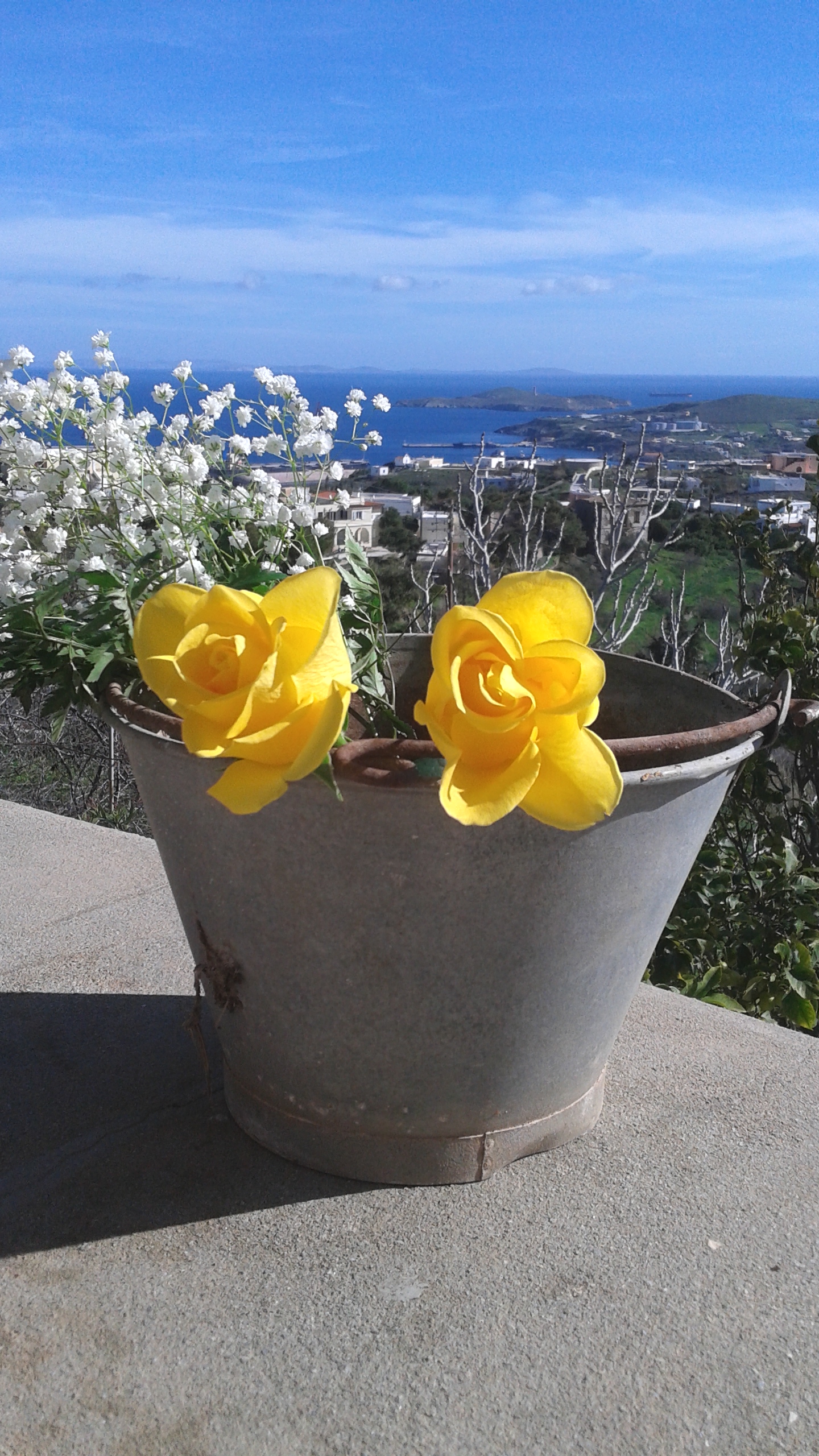
Isolation is transformed through technology
Isolation is made more viable
Isolation is made less isolation
Gratitude for the containment of my current fear of total disconnection
Gratitude for all the near losses, near deaths, and many moments of grace
Gratitude that the house was not set on fire; things could have been worse
An accident or a fire; death instead of a near death experience; a cardiac arrest instead of a panic attack
Gratitude for the time when my swollen leg, left untreated and un-medicated, eventually returned to normal through my body and mind’s capacity to heal; the damage and the varicose veins reminders of the risk, the heart scare and the grace
It is always some context or within some context or structure that the damage has been orchestrated, has occurred, but it is also through and within some context that the salvage takes place
As if generated by some kind of mass trance and destructive dysfunction, murdering mentality, disconnection from empathy and heart and reason, fueled by ignorance, outdated beliefs and unhealed conditioning and wounds
Gratitude for all that is well and still standing and the life force breathing me
Gratitude for all the love from and to me
Gratitude for the many, too many to mention here, who are love most of the day, most days of the week
Gratitude for the clarity and change that this moment could bring
Gratitude for the resilience that walking this path has brought and the scars that may become others’ hope
Gratitude for the walk in the sun where my morning gratitude takes the form of this passage in my mind
Gratitude for the old computer, waiting patiently to be recycled in the store room down stairs and the parcel from my son with the second hand modem, screen and phone that arrived with the boat last night
Gratitude for the little candle burning in the delicate Chinese bowl while I am typing this; the hot crocus tea in my cup and the strong sent from the lilies in the yellow enamel jug brought back from some old trip to Thessaloniki (Monday morning, January 28th, 2019)
